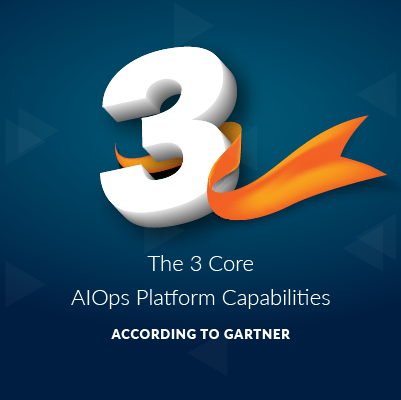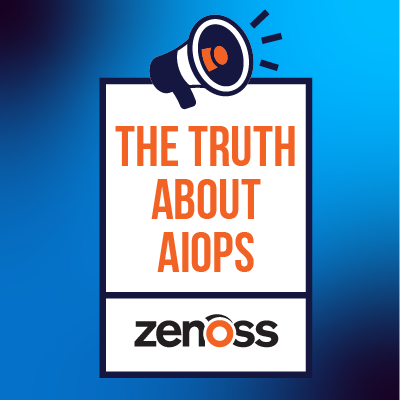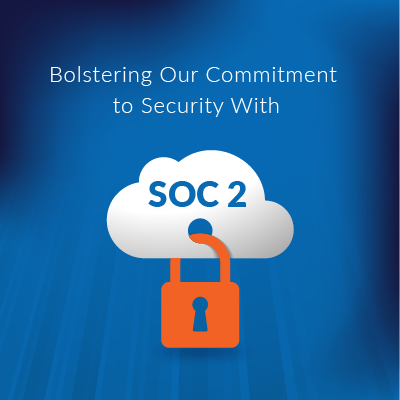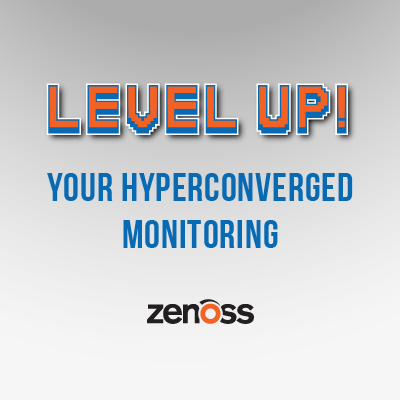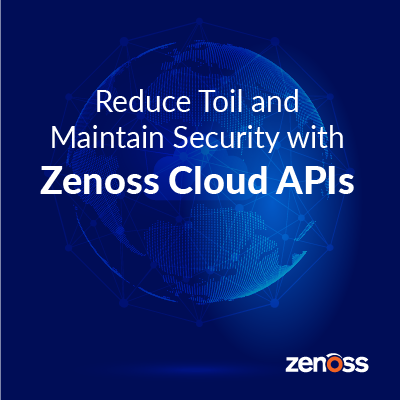The 3 Core AIOps Platform Capabilities, According to Gartner
There is a lot of activity in the AIOps vendor market today. With that activity can come a lot of noise and many varying approaches and points of view, and quite a few thought leaders have offered their thoughts on the potential value of AIOps solutions. (Here’s a great take from our own CTO: The Truth About AIOps.) But most IT practitioners starting projects today want to know how they can use AIOps to make their teams more productive in the near term.


